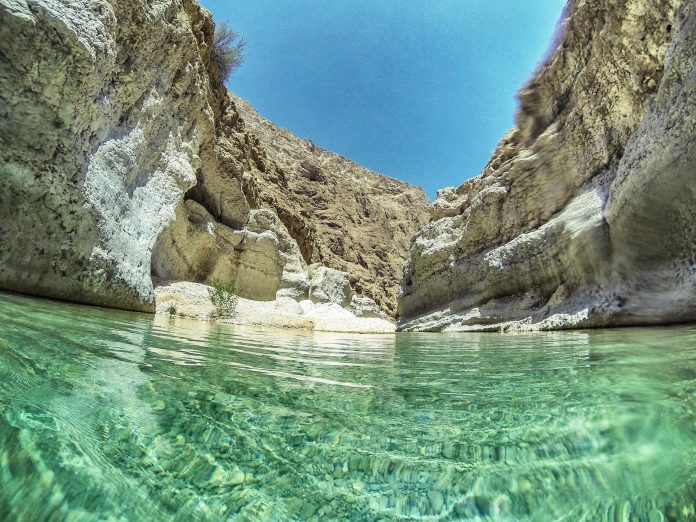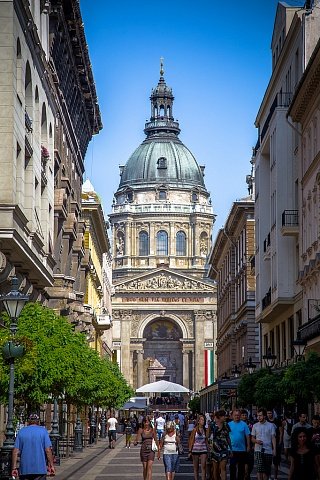14 most remote places on earth
 Do you really want to escape from the daily routine, monotony and chaos of life? Then these incredibly remote, undisturbed, and untouched places are just for you.
Do you really want to escape from the daily routine, monotony and chaos of life? Then these incredibly remote, undisturbed, and untouched places are just for you.
1. Easter Island, Chile
It is more than 3,000 km away from civilization and is known for its statues, carved by people of the Rapa Nui tribe from volcanic stone between 1250 and 1500 AD. Three picturesque volcanic mountains of Terevak, Poike and Rano Kau are also ancient lava.
2. Longyearbyen, Norway
It is one of the most northern cities on the planet. In 1950, a law prohibiting burial was passed here, because frozen land mummified corpses. There is even a joke that you cannot die in Longyearbyen. There is also a law requiring residents to carry weapons to protect against polar bears.
3. Devon Island, Canada
On this island, NASA conducted its research in preparation for a mission to Mars. These were tests of robots, spacesuits and vehicles. Part of the Queen Elizabeth Islands, Devon is the second largest in the group and is closer to Greenland than to Canada. The desert landscape guarantees you solitude – there are not even animals here!
4. Lake Yueyuyuan, China
Want a true oasis in the desert? Plan a trip to the lake Crescent, which is 2 thousand years old. It is located in the Gobi desert and “eats” from natural sources. There are gardens and pagodas on its bank. By the way, the bus goes here all the time.
5. Hollow of Danakil, Ethiopia
It is also called the Afar basin, and it is a crater in northeastern Ethiopia, where surrealistic landscapes consisting of salt, acid pools and sulfur compounds surround one of the few famous lava lakes in the world. With annihilating temperatures, this is the hottest place on earth, often called the “Gateway to Hell”.
6. Isle of Barra, Scotland
Barra is the southernmost island in the Outer Hebrides, 16 km long and with a population of 1000 people. Here comes a tiny plane that lands on a sandy beach. Note that the Barra take-off strip appears and disappears with ebb and flow.
7. Apolima, Samoa
Samoa consists of four islands, and Apolia is the smallest. Here are absolute jungles surrounded by clear blue water. Travelers can only get there by boat, after conducting negotiations with local residents to organize their stay on the island.
8. Tristan da Cunha
This group of volcanic islands in the South Atlantic is a British overseas territory, and is an ideal place to see whales, dolphins, penguins and seabirds. The population here is only 269 people, and the nearest land is 2.5 thousand km away.
9. McMurdo Station, Antarctica
When you think of remote places, Antarctica should be at the top of the list. This station on the southern edge of Ross Island is just 1,400 km north of the south pole. Researchers and researchers live on McMurdo, and this is the main US research station on the continent.
10. Kerguelen Islands, French Southern and Antarctic Lands
The archipelago is located in the southernmost part of the Indian Ocean, and tourists rarely get here. If you are craving arctic adventures, you can get to this place on the ship.
11. Oasis of Ziba, Egypt
Siva is away from “residential” Egypt. Although there are few visitors, the oasis is just five hours from Cairo in the Western Desert. Two hundred sources give the water to the village, built of mud brick, and those who come here, get an incredible experience and impressions of local products and ancient customs.
12. Pitcairn Island, South Pacific
On this magnificent piece of paradise live only 50 people, although the UK offers free land to those who want to move here. Here you can go diving or just lie on the beach. However, remember that with jobs here is very bad. Yes, and the island itself is located at a distance of almost 5 thousand km from New Zealand.
13. Tibetan Plateau, China
The Tibetan Plateau is located between the Kunlun Mountains and the Himalayas at an altitude of 3 to 4.5 km. Most of the water in Asia comes precisely from this area, where there are numerous lakes and rivers. The plateau is inhabited by local aborigines living here for more than 20 thousand years, although there are very few of them left.
14. Socotra Island, Yemen
Because of the peculiar landscape and the unusual form of vegetation, Socotra is called the “alien island”. Rare trees called “Dragon Blood” grow here, and residents (immigrants of Arabic, Somali, Greek and South Asian origin) communicate in the Sokotri language, which does not have a written version.




